Creating a new beer brand that actually has the potential to rise up and lead a brewery’s portfolio can feel like an impossible task these days. There’s an overwhelming amount of competition and noise in the market, on top of all the brands with a decade-plus head start. At the same time, I’m feeling really confident about our new year-round premium lager called Cold Time, thanks to the deeper level of thought and time put into ensuring there are enough reasons to believe (RTBs). For us that began by defining what we mean when we say Premium Lager, an exercise which wound up building the backbone of its selling story.
There’s no bigger bullseye for craft brewers right now than the lager space, which is 13x bigger than IPA nationally, and 17x bigger in my home market of Illinois. Historically dominated by “the big guys”, the lagers making up the majority of volume do so with 1) low prices and 2) high marketing spend. For local breweries to carve out a meaningful slice of that fruitful pie, strategies are needed to compensate for their inability to compete as aggressively on those two key variables. There’s always consumers looking to trade up to a more premium option, so the challenge lies in breaking through all the noise and getting that premium definition across.
✔️ It’s Starts With a Name
The idea of a premium lager at Revolution started with the ultimate name it was given, before any recipe was written or beer was brewed. Our brewers wanted to create (and consume) more lagers. As the person responsible for surrounding each release with great branding, I had one concern. If we were making a new lager every month, I didn’t want to find ourselves in a never ending vortex developing completely new names and art from scratch each time. Instead, I insisted that each needed to all be part of a system and theme. My colleague Marty who runs our barrel program suggested “Cold Time” for the name of the series, in reference to the ample fermentation time at cold temperatures that all great lagers need to be given. Everyone instantly loved it.
The more I thought about Cold Time though, the more I wanted to save this perfect, wide-appealing name for a bigger opportunity because anything with heavy rotation in our world is destine to stay small. The potential as a singular year-round beer quickly took over as the need for greater focus in our portfolio became clear. The premise behind Cold Time would become simpler to grasp and aim to go wider. To compete on the big stage though, we knew we would need to arm our team with an arsenal of talking points and easter eggs for building the brand over time.
The beauty of Cold Time is that its premium story starts with the name itself, which alludes to the process-driven aspect of brewing that makes lagers so special. Giving a beer proper “cold time” in tanks allows the flavors to mellow, a premium feature that big brewers typically aren’t willing to offer. This inside baseball brewing reference isn’t needed to find joy in the name, but it gives us a lot of future messaging potential around defining premium. Cold Time simultaneously ties into the mainstream occasion of having a lager the way TV commercials have told use we should enjoy them for the last century, ice cold.
✔️ Ingredients Statement
Despite lagers being about process in the eyes of brewers, the ingredients remain an opportunity to ensure that deserving brands are perceived as premium. In addition to sheer global scale, the consumer-friendly prices of macro lagers are often made possible by avoiding the high and upward-trending costs of malt, substituting rice, corn, and/or syrups instead.
Using 100% malt is a feature absolutely worth highlighting for smaller brewers since doing so adds significant costs to the recipe along with a fresher, more premium taste. In the case of Cold Time, we made sure to call out all 4 ingredients on the box which we detail further in our copy, including the Great Lakes water from Lake Michigan that brewers salivate over due to it’s mineral content and overall high quality.
✔️ Made Locally
Communicating the local aspect of craft breweries may feel tired to some marketers, but its never been more important. Breweries should continue looking for new ways to remind their local base that their beer is brewed right here at home, especially if that’s where the majority of the beer is sold. All Revolution beers typically say “Proudly Brewed Only in Chicago”, with that being a claim that our biggest competitors can’t make. For Cold Time though, we went with the simplified ”Made in Chicago” message stamped onto both sides of every can, locked up with “Premium Lager”. In addition to the local connectivity, being made in Chicago implies this beer doesn’t have to travel long distances to get to consumers refrigerators.
✔️ Brewery Fresh & Never Pasteurized
The final point ties each of the previous ones together. By giving our premium lager extended cold time in tanks, using 100% Malt, and the fact that it doesn’t need to travel long distances, it winds up being packed with that crackery malt character, reminiscent of freshly baked bread. Since Cold Time isn’t shipped cross country, it also doesn’t need to be pasteurized to be able to hold up to the conditions of doing so.
There’s nothing inherently wrong with pasteurization. In fact, we must do it to our barrel-aged beers and fruited sours, but the freshness of an unpasteurized lager when feasible, is a premium experience that you just have to taste to understand. It’s why ceremonial kegs of unpasteurized Pilsner Urquell are flown over to the US and rarely survive the day after being tapped at beer bars. Cold Time, like other local premium lagers has the ability to better replicate that brewery fresh flavor, so we highlighted it on the box as well.
🎯 Hitting the Bullseye
For the second year in a row, I’ve found it extremely helpful to spend a significant amount of time digging in the style, not just the recipe, of our big new brand launch. In both cases, the exercise helped build a more robust selling story than proactively addresses the competitive set. Gone are the days where any beer simply “sells itself”. People sell beer and the better equipped they are to stand out in a crowd, the more confident and successful they’ll be. Whether it’s an IPA, a lager, or something else, every new beer brand needs more reasons to believe. Like a patiently made premium lager, spend extra time in the think tank, letting those ideas mellow.
If you liked this post, you may also enjoy:
The New, Old Look American Lager
More breweries than ever are developing a singular, premium American Lager brand. The style ranked #15 among craft micro-styles in 2023, growing 10% in an otherwise sea of red. Credit whatever you want from IPA-fatigue, to Bud Light fallout, to the natural evolution of a craft beer drinker. Regardless, Lager’s fresh momentum is poised to continue in 202…





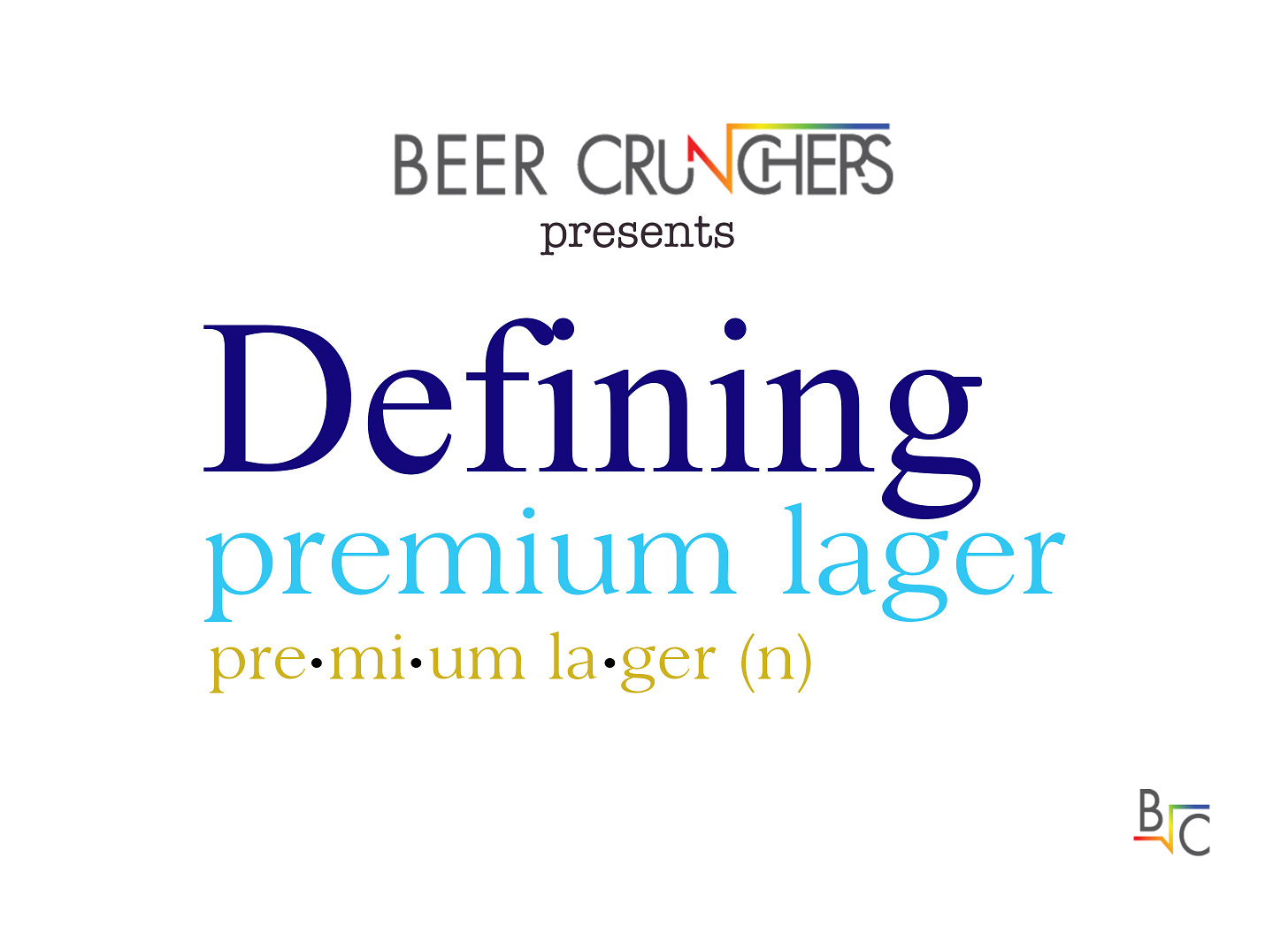

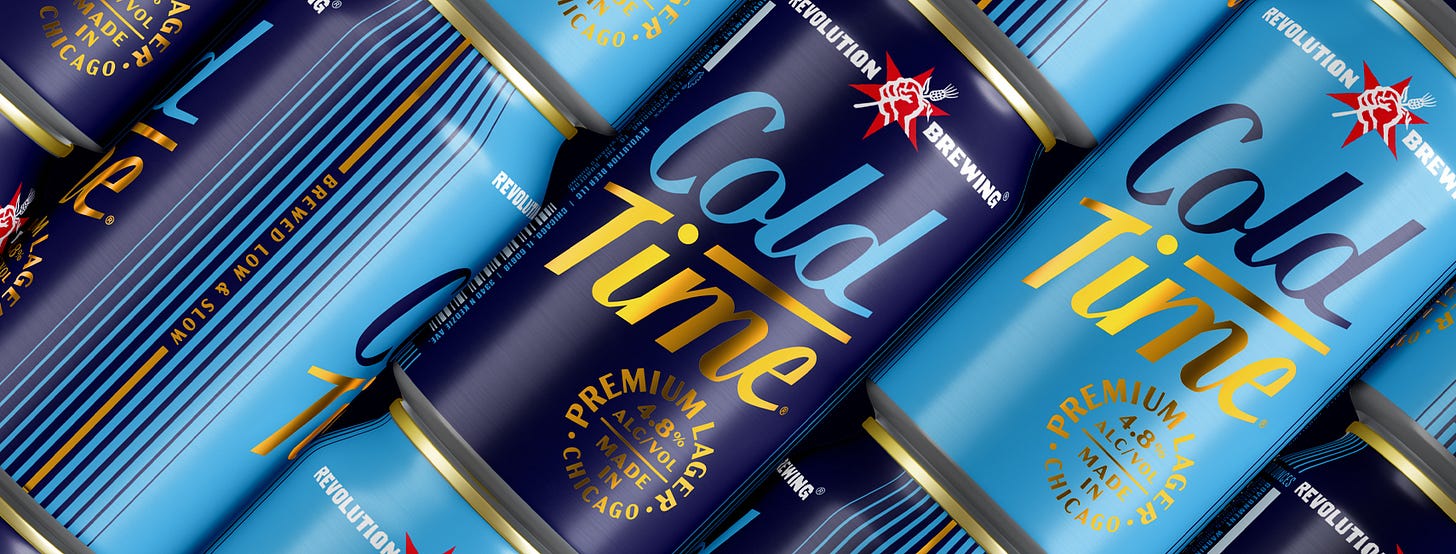
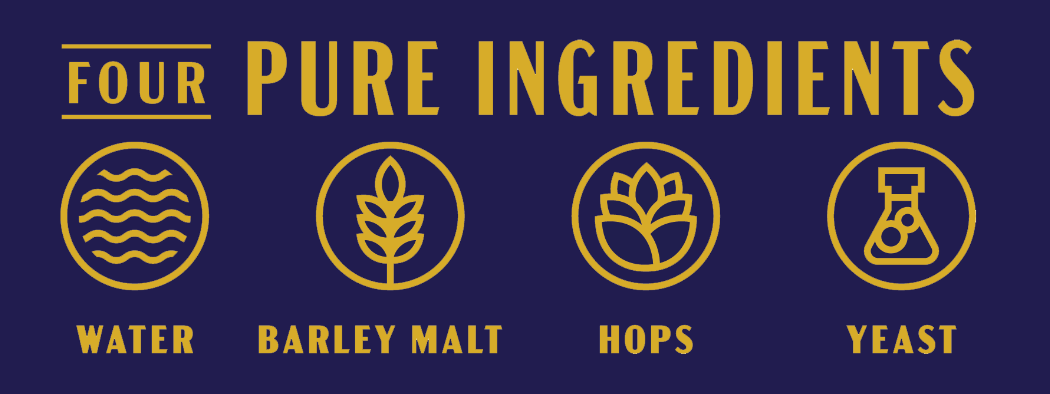
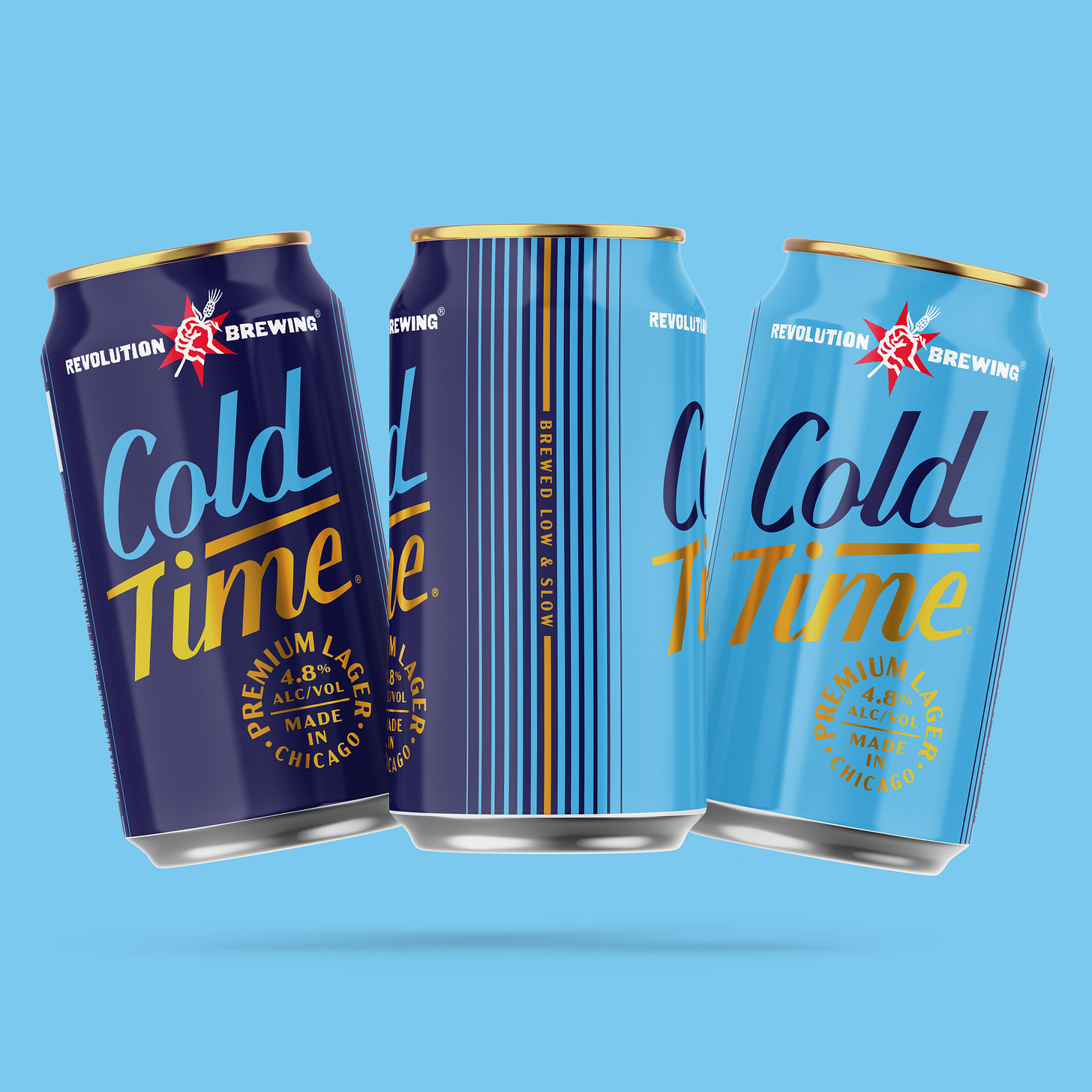
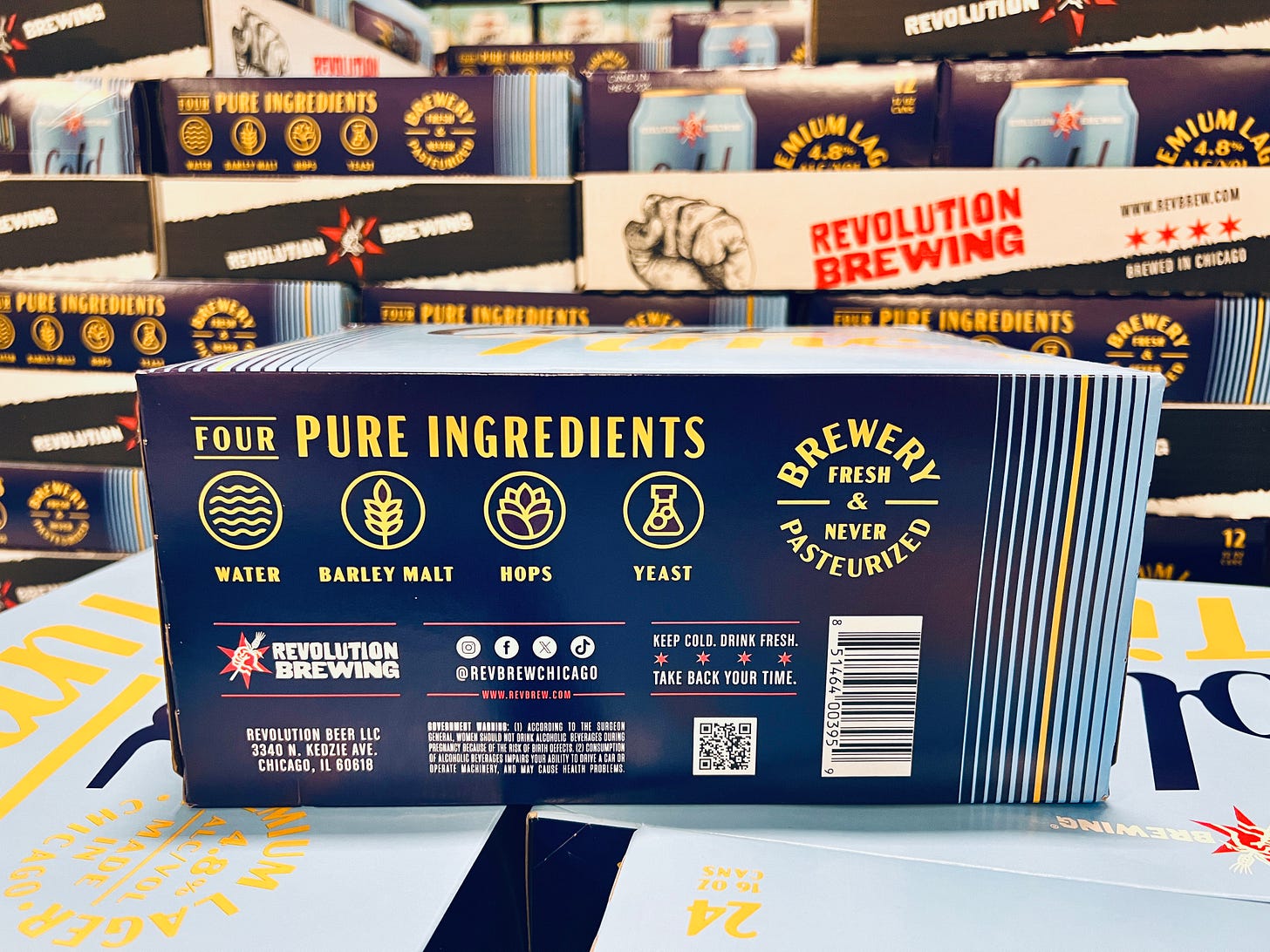

Sounds delicious, looking forward to giving it a try next time I'm up north. I like the packaging. The gold lid and color usage on the can suggest the premium contents within. At a glance, it does remind me of a certain Canadian brand favored by many in the Great Lakes region ;).
In Georgia, I've recently seen pictures of Peach State Light. Seems to be targeting an adjacent segment of beer drinkers with a 16oz can and "Light" instead of "Premium". "Premium" indicates higher quality, more depth of flavor, higher ABV, perhaps. "Light" indicates less flavor, less calories, lower ABV, maybe using adjuncts like rice or corn. I think there's a suggestion that a beer is "Premium" just because it's craft. However, I think this company is targeting high volume macro light lager drinkers.
To my eyes, the PSL packaging looks solid, with a Georgia state seal/crest vibe. I see that and the brain thinks it acts as a stamp of approval, lol. I also now prefer 16oz for all styles, especially at an event. Even at home, one 16oz beer hits the spot better than one 12oz. I appreciate your content, thanks for sharing your thought process.
Man we need some distribution of y’all down here in Deep South Texas. This sounds like what we generate towards because of our weather. Would love to have some Cold Time